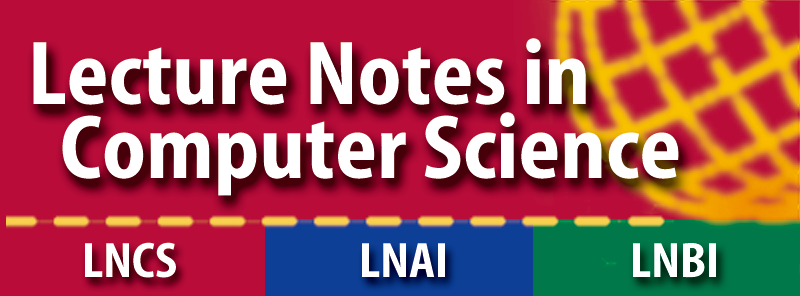Lora Aroyo
 Biography:
Biography:
Lora Aroyo is a Full Professor at the Web & Media group, Department of Computer Science, VU University Amsterdam, The Netherlands. Within the framework of the Network Institute she is involved in several research projects focussing on semantic search, recommendation systems and event-driven access to multimedia collections online. Typical application domains of digital humanities, cultural heritage, and interactive TV.
She is also collaborating with the IBM Watson team in NY on crowdsourcing ground truth data for the adaptation of the Watson system in medical domains.
Disrupting the Semantic Comfort Zone
Abstract. Ambiguity in interpreting signs is not a new idea, yet the vast majority of research in machine interpretation of signals such as speech, language, images, video, audio, etc., tend to ignore ambiguity. This is evidenced by the fact that metrics for quality of machine understanding rely on a ground truth, in which each instance (a sentence, a photo, a sound clip, etc) is assigned a discrete label, or set of labels, and the machine’s prediction for that instance is compared to the label to determine if it is correct. This determination yields the familiar precision, recall, accuracy, and f-measure metrics, but clearly presupposes that this determination can be made. CrowdTruth is a form of collective intelligence based on a vector representation that accommodates diverse interpretation perspectives and encourages human annotators to disagree with each other, in order to expose latent elements such as ambiguity and worker quality. In other words, CrowdTruth assumes that when annotators disagree on how to label an example, it is because the example is ambiguous, the worker isn’t doing the right thing, or the task itself is not clear. In previous work on CrowdTruth, the focus was on how the disagreement signals from low quality workers and from unclear tasks can be isolated. Recently, we observed that disagreement can also signal ambiguity. The basic hypothesis is that, if workers disagree on the correct label for an example, then it will be more difficult for a machine to classify that example. The elaborate data analysis to determine if the source of the disagreement is ambiguity supports our intuition that low clarity signals ambiguity, while high clarity sentences quite obviously express one or more of the target relations. In this talk I will share the experiences and lessons learned on the path to understanding diversity in human interpretation and the ways to capture it as ground truth to enable machines to deal with such diversity.





